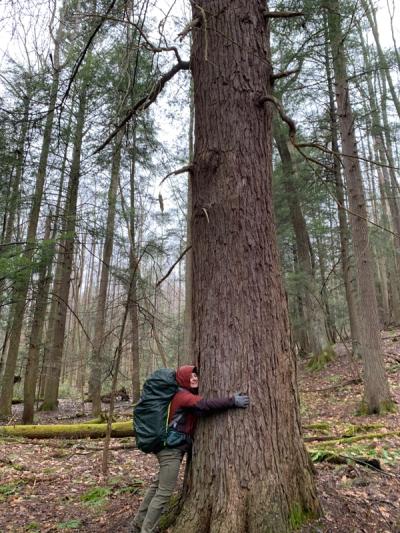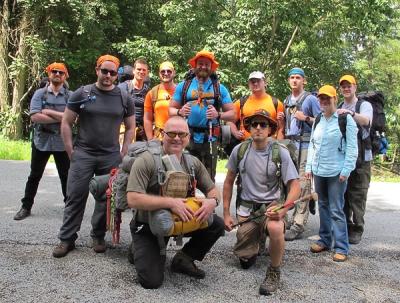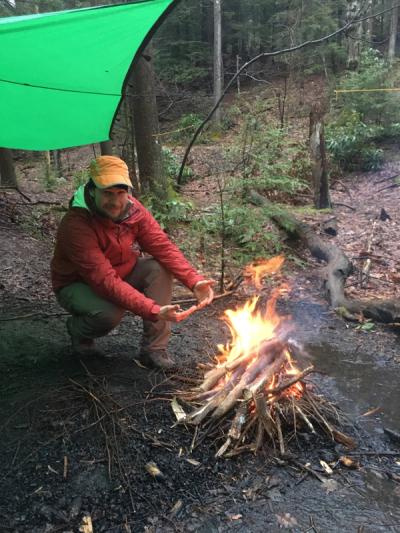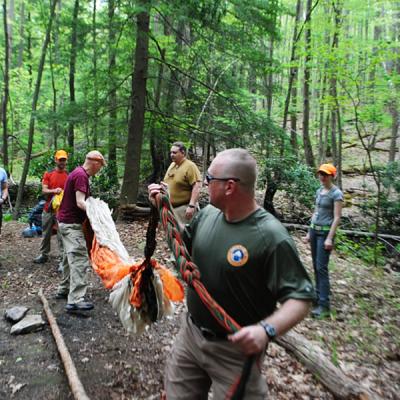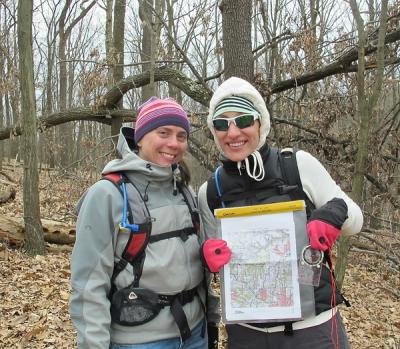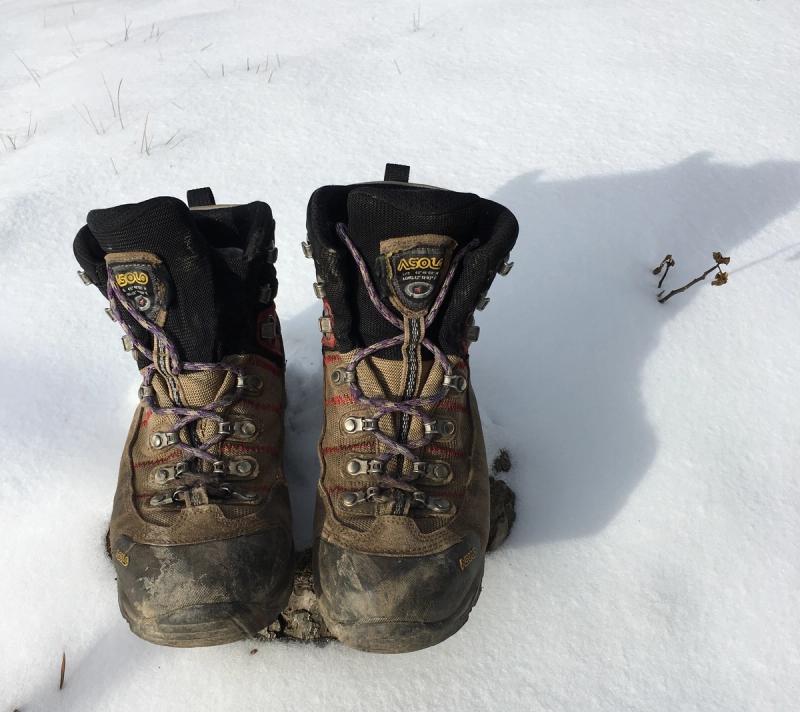
Gear Recommendation: Gaiters

Erik Kulick · Oct 2, 2022
After arriving at the trailhead earlier this week, the first thing that I did (as usual) was to take off my street-shoes and swap them with the hiking boots that I store in the rear of my Jeep.
After arriving at the trailhead earlier this week to teach our Basic Military Land Navigation course to a group of soldiers preparing for Army Special Forces assessment (SFAS), the first thing that I did (as usual) was to take off my street-shoes and swap them with the hiking boots that I store in the rear of my Jeep. Then, as I reached for a neighboring set of gaiters and started to clip them to my laces and wrap around my lower leg, I decided to make a short video sometime later in the day to recommend them. After all, there is nothing glamorous or exciting about gaiters (so they are easily ignored) but they dutifully perform an important function, which is why I rarely fail to use them in the outdoors. If you spend any amount of time in the woods as a hiker or hunter, especially off-trail or on poorly maintained trails, I recommend purchasing a set of gaiters to wear.
Outdoor Research “Crocodile Gaiters”
What are gaiters? Really, they are nothing more than fabric — often water-resistant and breathable — that wraps around your leg, usually sealing with hook-and-loop material, which then attaches to the laces of a boot or trail-sneaker and closes up above an ankle, mid-calf, or just below the knee.
I must admit that I never thought much of gaiters years ago. Honestly, I thought they were silly looking. Worse, I almost thought that they were simply another attempt by the outdoor industry to get me to needlessly spend even more money on an item that was nothing more than a fashion statement.
Truthfully, I still hold many of the same opinions about gaiters. I definitely look silly wearing them, and much of what the outdoor industry suggests as “necessary” equipment only inhibits many people with constrained budgets from enjoying the outdoors. However, over the years, I’ve evolved my thinking about gaiters as they have repeatedly proven their functionality.
So, I am going to suggest that you consider spending a little extra money for a decent pair. While a set can be as expensive as $100, you can also very likely only have to spend between $25 and $45 depending on your needs and tastes.
For what it’s worth, the pair that I put on earlier this week was a brand new set of Outdoor Research Crocodile Gaiters, which cost me $88.95. While they are on the high side of the cost spectrum, considering that this is only my second set in 12 years, and I easily spend more than 200 days in the woods each year, I consider the cost (for me) to be reasonable.
Anyway, I believe that gaiters have several practical benefits:
- Most importantly, they keep dirt, stones, and other debris from falling in behind my boot-wall toward my heel and feet, which minimizes blisters and maximizes overall discomfort.
- They also keep branches and other obstructions from snagging my laces. Okay, yes. I admit that this sounds superficial, but besides the simple convenience of not needing to regularly stop to re-tie my laces, wearing gaiters definitely improves my safety by preventing a potentially serious tripping hazard (particularly when I’m wearing a heavy backpack).
- They help to keep my feet drier. Even though, technically, my boots are water-proof, they never really are completely water-proof, and that extra fabric provides a valuable added layer of protection, especially during a stream crossing.
- Lastly, they help keep my feet and lower legs warmer in cold weather. While gaiters are not insulated, they keep water and snow away from the top part of my boots and lower pant legs.
Therefore, even though I still look silly wearing gaiters — and you likely will too — consider purchasing a pair for your outdoor adventures.
Meet the Author

Erik Kulick, Founder & Chief Instructor
Erik is the founder of True North Wilderness Survival School. He is a police officer, EMS provider, a Wilderness EMT, and a Fellow of the Academy of Wilderness Medicine. He has been featured in national and international media, including CNN, the Associated Press, and Backpacker.
To learn more about Erik, visit him on LinkedIn and be sure to follow him on Facebook and YouTube.


